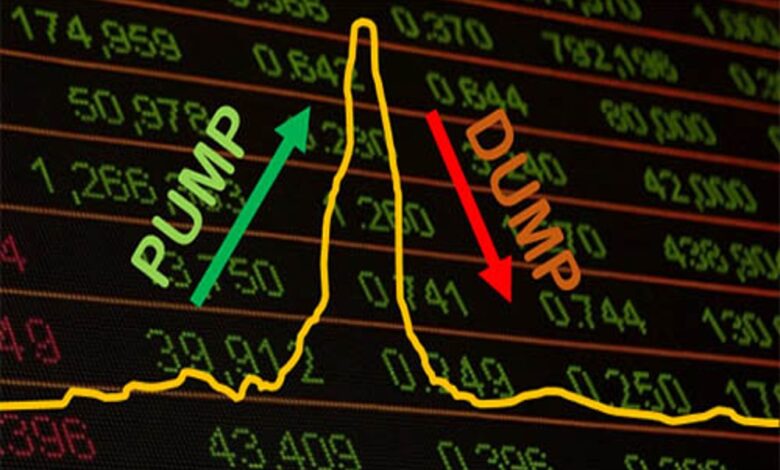The US Stock Market Bleeds $953 Billion in Total Loss
The Federal Reserve's ongoing efforts to curb inflation have resulted in higher interest rates.

On October 31st, 2024, the US stock market experienced a significant downturn, with a staggering $953 billion wiped off its market value. However, the dramatic decline, while alarming, is not entirely unexpected given the current economic landscape.
The Federal Reserve’s ongoing efforts to curb inflation have resulted in higher interest rates. This makes borrowing more expensive for businesses, potentially hindering growth and impacting corporate earnings.
Additionally, the ongoing conflict in the market continues to cast a shadow on global markets, creating uncertainty and volatility.
Notably, fears of a potential economic recession are growing, fueled by inflation, supply chain disruptions, and a weakening global economy. This has prompted investors to take a cautious approach, leading to selling pressure in the market.
The decline was widespread across sectors, with the technology-heavy NASDAQ Composite Index experiencing the most significant drop.
US Stock Investors and Market Response
The market’s response reflects growing investor anxiety and caution. While the decline is substantial, it is crucial to note that market fluctuations are a natural part of the economic cycle.
The near-term outlook remains uncertain. The extent to which the market continues to decline will depend on a multitude of factors, including the trajectory of inflation, interest rate policy, and geopolitical developments.
In August, Chairman Jerome Powell signaled a significant shift in monetary policy, hinting at potential interest rate cuts soon. While refraining from providing concrete timelines or specific magnitudes for these adjustments, Powell declared, “The time has come for policy to adjust.”
This statement marks a notable departure from the Fed’s previous stance, heavily focused on combatting inflation. While acknowledging the substantial progress made in curbing rising prices, Powell emphasized that the task remains incomplete, reiterating the Fed’s commitment to both maintaining a robust labor market and achieving its 2% inflation target.
Powell’s address has sparked widespread speculation among economists, with many interpreting his remarks as a subtle shift in the Fed’s priorities. Paul McCulley, a former managing director at Pimco, suggests that Powell’s speech signifies a move away from the singular focus on inflation control towards a more balanced approach that prioritizes supporting a healthy labor market.





















































